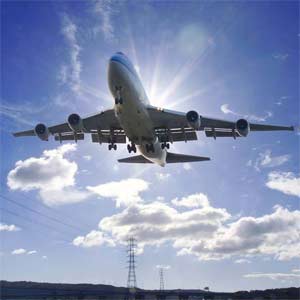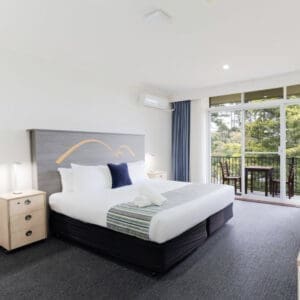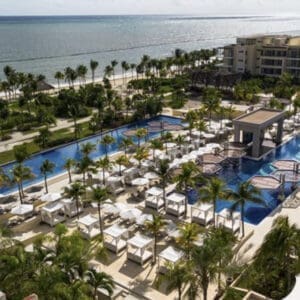
Japan’s booming tourism industry is a cash cow for hotel owners and many long-term owners are holding onto their properties even as investors are queuing to buy their assets.
Hotel owners and operators in the main cities of Tokyo and Osaka are basking in good fortune as a weaker yen has helped to fuel tourist arrivals and led to rising room rates. At the same time, high construction costs are deterring developers from building new hotels.
The latest Revenue per Available Room (RevPAR) data reflects current strong performance. RevPAR of Tokyo luxury hotels climbed 10.3 percent year-on-year as at February 2016. On a moving annual average basis, RevPAR has been on a growth trajectory since the second quarter 2012. There were no hotel sales transactions in the luxury hotel sector in Tokyo during the first three months of this year, according JLL’s latest Asia Pacific Property Digest.
“The challenge is that there are not many sellers,” says Tom Sawayanagi, Managing Director of JLL’s Hotels & Hospitality Group Japan. “Many hotel owners prefer to hold on to their assets and enjoy double digit cash flow growth. If they sell, they will benefit from capital gains but many would struggle to find alternative investment opportunities with the same returns.”
The number of foreign visitors to Japan in April hit a single-month record of 2.08 million, topping the 2 million mark for the second month in a row, the Japan National Tourism Organization announced in May. Rising tourist numbers have led the government to double its tourist target for 2020 to 40 million.
Accommodation guests in Tokyo reached an estimated 53.4 million last year, a healthy growth rate of 7.2 percent over the previous year. The increase was driven by international accommodation demand, which marked a significant 30.8 percent year-on-year growth. Meanwhile domestic demand remained largely stable at around 37 million in 2015.
With hotel occupancy running at about 90 percent in Osaka and Tokyo, some small office blocks have been converted to hotels or hostels. Kinshicho Mark Building will reopen as a hotel in the summer with more than 200 rooms and will target Japan’s fast-growing inbound visitors.
While there were no luxury hotel openings in the first quarter of 2016, the 123-unit five-star serviced apartment, Oakwood Premier Tokyo, started operations in January. Unlike other typical serviced apartments in the city, this property has a hotel licence and is able to provide for daily stays.
In July this year, two more high-end hotels are scheduled to be opened – the 84-room ryokan style hotel Hoshinoya Tokyo and the 250-room Prince Gallery Tokyo Koicho, a Luxury Collection Hotel.
Putting Japan’s tourism industry in context, the country accounted for the lion’s share of Asia Pacific investment in hotels last year. Asia Pacific recorded a hotel transaction volume of over US$10 billion in 2015. Japan (US$2.5 billion) was a standout market, with deals undertaken by a suite of domestic investors in addition to increased interest from offshore buyers. Japan was closely followed by Hong Kong and Australia, both exceeding the two billion mark. Over 33,000 keys were traded across the region.
In April, Hulic announced that it would acquire and rebrand GRAND PACIFIC LE DAIBA in Daiba, Tokyo, owned by Keikyu Corporation, for a reported US$600 million. Sawayanagi added in the last decade, many newly developed hotels in Tokyo have been limited service hotels or mixed used assets. “A full-service hotel, which includes restaurants and banquet rooms, will have to rely on local patrons. Domestic demand has been flat and we don’t see much growth.”
For now, the average RevPAR is still rising and the outlook for existing hotel owners is positive at least until the 2020 Olympics games, he adds.















